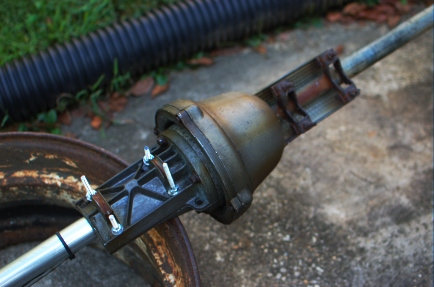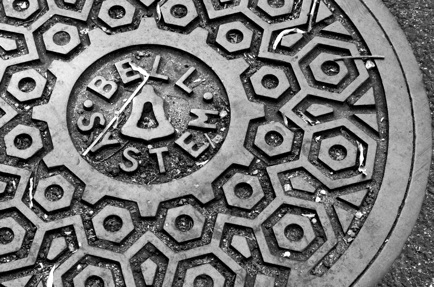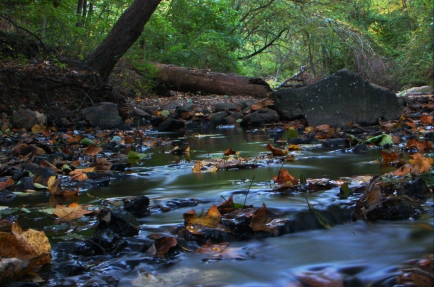
CDE TR-2
Back in March, I had the opportunity to pick up a TS-700S for the cost of shipping it from Arizona to Illinois. Since it’s an old radio with a built-in power supply, the shipping cost was significant, but $60 is a pretty good deal for a 2-meter all-mode radio. When we moved to Silver Spring, Maryland, I wanted to get on for the ARRL June VHF. I built a 6-element WA5VJB “Cheap Yagi” using a pine firring strip for the boom and 1/8-inch aluminum rod for the elements. I strapped this antenna to my DK9SQ mast with Ty-wraps and propped the radio up on moving boxes to make a few QSOs.
I stashed the antenna and radio until we visited my parents’ a few weeks ago. While I was home, I retrieved a CDE TR-2 rotor that had been at my grandparents’ vacation home in Lakeside, OH, until they had the roof replaced and I acquired their old TV tower. The TR-2 is the oldest of the CDE “bell rotors” and dates from the early to mid 1950’s. It’s a certifiable antique! I wired it up and plugged it in, only to discover that it was bound up. But, the motor hummed. So, I figured I had a chance. About a week ago, I pulled it apart (over a plastic bin to collect the ball bearings that fell out) and degreased the whole thing. I got the gears unbound and the shafts re-lubed and it worked like a charm. I greased the bearings and put it back together. Altogether, this was about an hour’s work—not too bad. They don’t make things like they used to, that’s for sure.
I was unable to find the exact U-bolts for the lower mast mount; so, I fabricated my own from some threaded rod. I put the rotor and antenna on a piece of fence top-rail and used ratcheting tie-downs to strap it to our chimney. There’s nothing quite like listening to a local beacon (W3APL/B) fade into the nulls of your beam. The multi-path is also pretty fascinating. I’ll have to do some analysis of that. Unfortunately, I haven’t been on the air for any tropo openings. So, I may have to wait until January to enjoy it.
When I was in middle school and high school I would have been delighted to come up with a working 2-meter SSB/CW station for less than $100. But, I suppose this is the advantage of time spent in the hobby. The longer you’re in, the cheaper some aspects of it get because you have time to be exposed to good deals… Anyhow, it sure was nice to do something dirty and mechanical after spending a lot of time in front of the computer at work. I’m working on a 6-meter transverter next.




